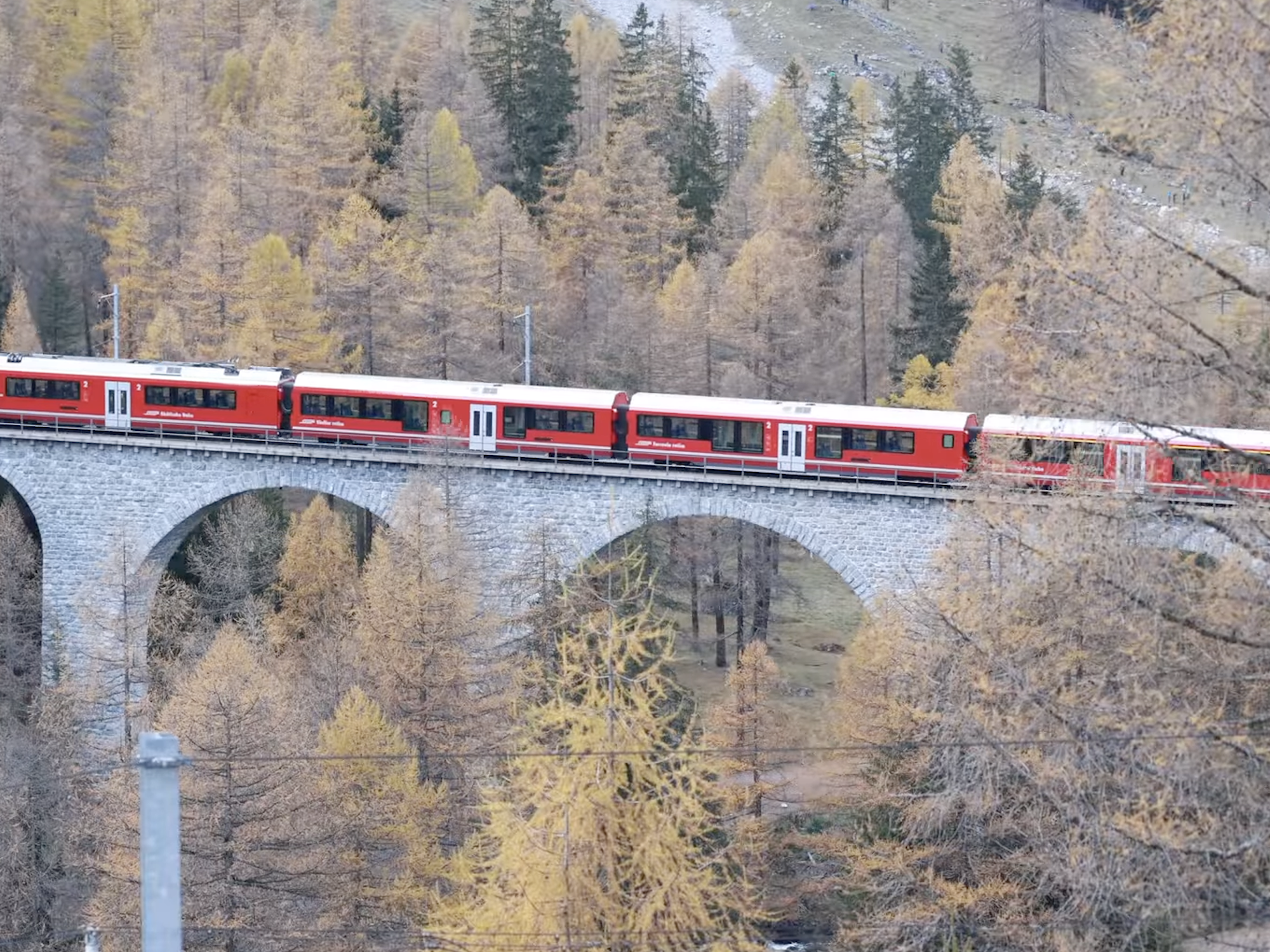

Public transportation is a vital aspect of moving society away from fossil fuels, and while we probably won’t come across anything approaching Switzerland’s latest engineering feat here in the US anytime soon, it’s still a solid aspiration. As CNN reported over the weekend, the country’s railway industry joined forces to build the world’s longest-ever passenger train in celebration of the 175th anniversary of the nation’s first train system. And with 100 cars weighing almost 3,300 tons stretching nearly two kilometers long—roughly 1.2 miles—it’s unlikely anyone will break the Swiss record soon. Check out a video of the real life Snowpiercer below:
[Related: Freight trains are our future.]

It’s unsurprising to see Switzerland go to such lengths (so to speak) to celebrate locomotive innovations. The mountainous Swiss landscape has encouraged creative transportation solutions for generations, resulting in one of the most train-reliant nations in the world. On average, Swiss citizens travel about 2,450 kilometers by train annually—an estimated quarter of their total transit. According to CNN, “In 2021, Swiss Federal Railways (SBB) operated 11,260 trains carrying 880,000 passengers and 185,000 tonnes of freight per day on a 3,265 kilometer-long network with 804 stations.”
[Related: EV chargers are coming to America’s highways.]
The weekend trip’s rig included 25 new “Capricorn” electric trains to power the convoy as it travelled through the 22 tunnels and across 48 bridges comprising eastern Switzerland’s Albula Line, a designated UNESCO World Heritage site. Despite only spanning 15 miles, the Albula Line’s tight curves and steep inclines restricted the train to just 35 km/h, resulting in an hour-long jaunt to cover the distance. A regenerative braking system was employed to control the speed—similar to what is often seen in electric cars. The system feeds current back into overhead power lines, but given the number of train cars in tow, special software needed to be modified so as not to overload the circuit.
Unfortunately, it’s unlikely we’ll ever see such a massive passenger train chugging along American countryside, but the Swiss project certainly gives us something to admire and at least try to imitate.
